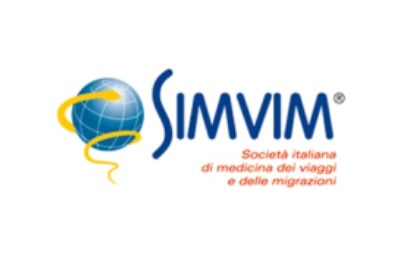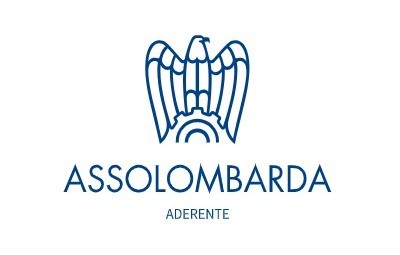Covid-19
COVID-19 is an infectious disease of viral origin, recorded as a respiratory infection of unknown origin for the first time in December 2019, in the Chinese city of Wuhan. On January 9, 2020, it was announced that it was indeed a new disease, caused by the SARS-CoV-2 virus.
CAUSES
SARS-CoV-2 is a virus of the Orthocoronavirinae subfamily, of the Coronaviridae family to which viruses responsible for a variety of diseases ranging from the common cold, to MERS and SARS belong.
Its morphology is formed by viral spikes, glycoproteins that cross the pericapsid, called S proteins, with hemagglutinating and fusion properties. Between the nucleocapsid and pericapsid there is a protein coating consisting of the M protein (matrix).
There are seven viruses belonging to this family that can infect human beings. All of them cause respiratory illnesses, including colds, pneumonia, and bronchitis, but three in particular cause very serious and sometimes fatal respiratory infections:
- Sars-Cov 2: a new coronavirus identified as the cause of coronavirus disease in 2019 (COVID-19) that started in Wuhan, China, in late 2019 and spread worldwide;
- Mers-CoV coronavirus identified in 2012 as the cause of Middle East respiratory syndrome (MERS);
- Sars-CoV identified in 2003 as the cause of an outbreak of severe acute respiratory syndrome that began in China in late 2002.
TRANSMISSION
Like other Coronaviruses, SARS-CoV-2 is probably zoonotic: that is, it develops in animals and is later transmitted to humans. Despite several hypotheses being formulated, it has not yet been possible to incontrovertibly identify the animal responsible.
Transmission then occurs directly human-to-human, typically by direct contact or through infected particles (droplets) emitted during breathing. Indirect infection is also possible, following contact with contaminated materials and surfaces.
GEOGRAPHICAL DISTRIBUTION
Since its first detection in December 2019 in China, COVID-19 has rapidly spread across the planet, causing a pandemic that is still ongoing. In two years it has caused more than 530 million confirmed cases and more than 6 million deaths.
SYMPTOMS
The condition has variable symptoms depending on the severity and conditions of the patient, ranging from asymptomatic to extremely severe.
The incubation period averages 2 to 7 days, up to a maximum of 14 days.
In general, the most common symptoms are comparable to those of influenza: fever, cough, sore throat, weakness, fatigue, and muscle pain, to which loss of taste and smell, headache, muscle aches, vomiting, and diarrhea can also be added. Severe cases can present with pneumonia, acute respiratory distress syndrome, and other complications, all of which can be life-threatening.
DIAGNOSIS
Because of the non-specificity of many of the symptoms, diagnosis is mainly made by two means: serologic tests, which measure the presence of antibodies following infection, and tests based on PCR techniques, which detect the presence of virus components in the body.
TREATMENT
There is no approved therapy for COVID-19, as indeed for other Coronavirus diseases. In most cases, the disease resolves spontaneously after about a week, and care focuses on support for symptom management and maintenance of vital conditions, with administration of antipyretics and analgesics, maintenance of hydration, and respiratory support by mechanical ventilation or extracorporeal oxygenation.
Some level of success has been achieved with the use of monoclonal antibodies, specific proteins that bind to the virus and facilitate its identification by the immune system.
PREVENTION
The main tool to prevent the circulation of the virus and more severe cases of the disease is vaccination. Developed in an unprecedented global effort, four specific, highly effective and safe vaccines are used in Italy: Comirnaty (Pfizer-BioNTech), Spikevax (Moderna), Vaxzevria (AstraZeneca), and Janssen (Johnson&Johnson).
In addition to the vaccine, practices are recommended to reduce the possibility of exposure to the virus such as wearing masks, distancing oneself from other people, and using disinfectants to remove viruses on hands and surfaces, to which isolation and quarantine have been added at peak times.
(1).png)





